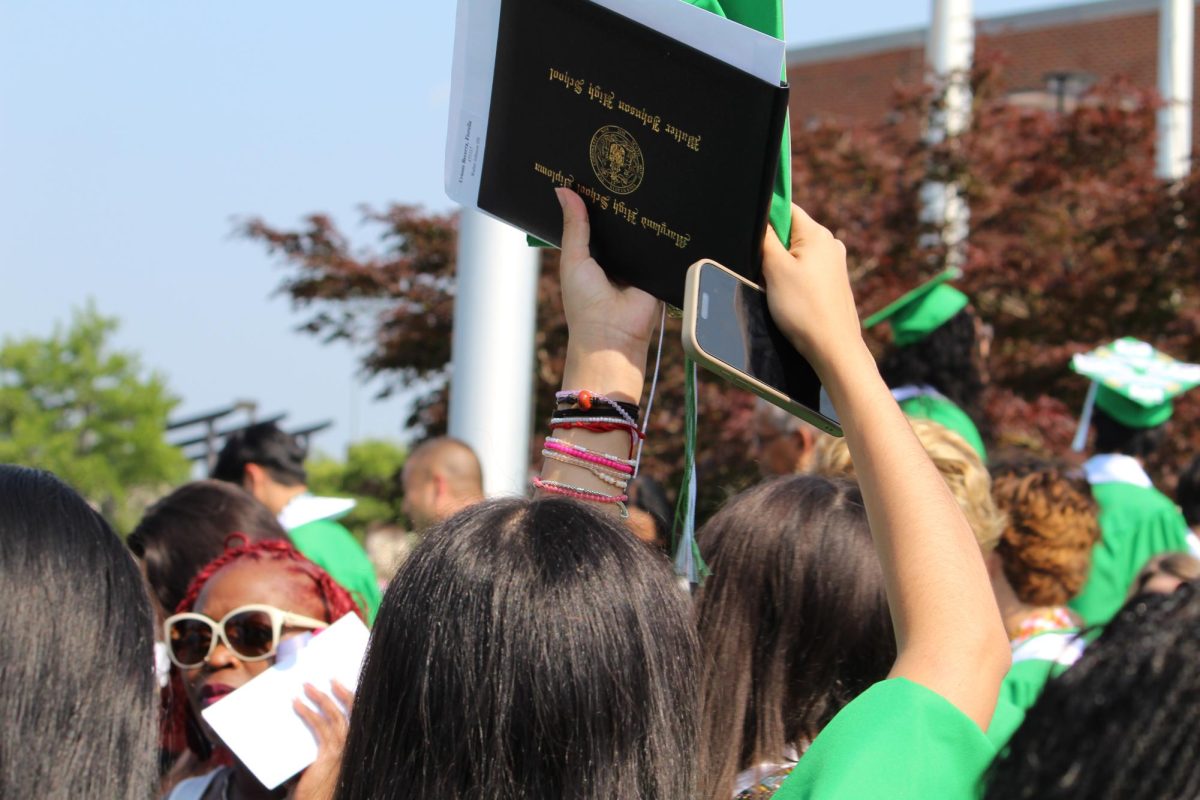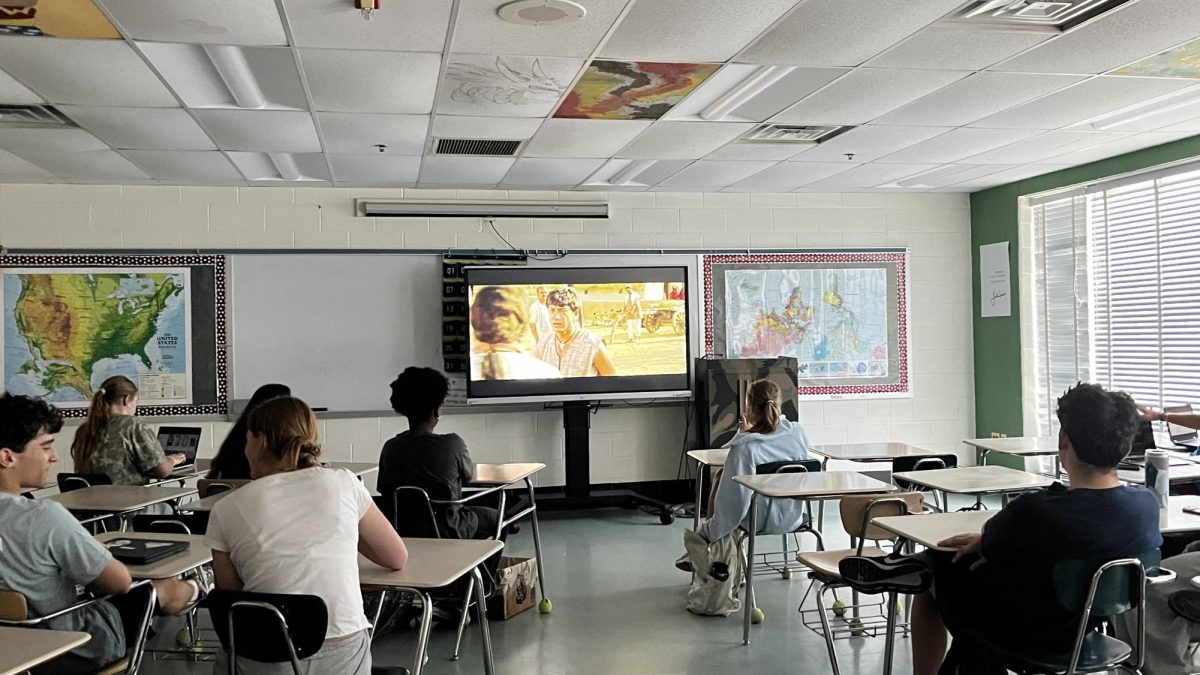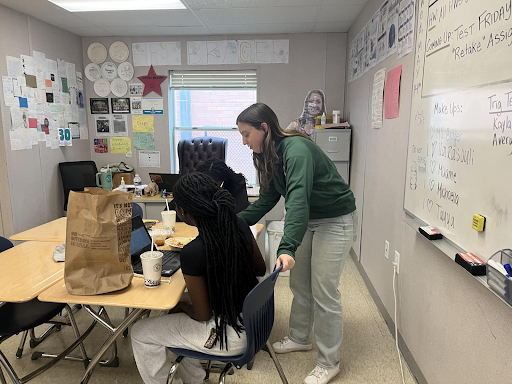
In the era where standardized testing prevails, writing is often narrowed down to formulated essays whose quality is determined by a quantified rubric with scales and lists of bullet points. In high school, creative writing seems to be either a waste of time or merely a hobby of those who have talent in it. For too long, creative writing has been an underrated skill that is unprioritized in school.
During high school, the mandatory English classes mainly focus on analytical essay writing related to the reading of classic literature. Rarely, if ever, are students given the assignment to write their own creative fiction, non-fiction or poetry and to experiment with their voices freely and artistically. Although many schools offer creative writing as electives, to most students, it may sound daunting and lacking practical use when compared to other courses like computer science and social studies. As a result, they are not likely to choose—or even consider the option.
According to an article published in the Washington Post in 2017, young people in our generation don’t write as well as their older counterparts. The reason for such a problem is multifaceted, but the main one is students are losing interest in writing. As a study conducted at Vanderbilt University shows, “Most children start school wanting to learn how to write. Too quickly many of them come to view school writing as a chore or something to be avoided altogether.” (P.4) While the formulated writing, such as five-paragraph essays, seems to make writing easier, too much of it can deprive the fun of free expression and creativity.
Creative writing is a perfect way to cultivate students’ love and motivation for writing. As there is no one-size-fits-all approach to writing, creative writing allows students to explore the functions and values of writing in various genres and formats. Students can feel connected to their ideas and stories on a personal level and own their voices and emotions in their writing, rather than only thinking about what the teacher would like to read. The feeling of creating something original with words is fulfilling and beautiful.
Contrary to the misconception that creative writing has no practical use, the skills gained through creative writing can be applied to many facets of daily life. It fosters creativity, which is a lifelong soft skill that can help teens solve problems and stay open-minded. This skill enables us to think outside the box in many other areas and to ponder all sides of a phenomenon. Creative writing also helps us preserve our humanity and leads to self-discovery. When reflecting on meaningful moments in life, we develop emotional skills like empathy and gratitude.
Creative writing should be prioritized more in class. It provides a refreshing freedom from structured essay writing. Even small activities like weekly 15-minute creative writing prompt sessions or any other fun exercises can get students to practice writing and explore their creativity. Practice in creative writing goes a long way. Not only will it push students to create original work using the best words, but it will also make them better writers and communicators—skills critical for real world success.














